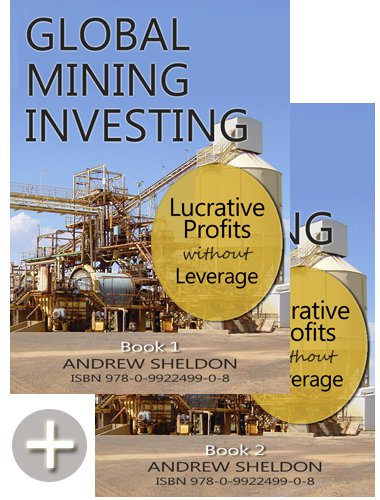- London Metals Exchange (LME): They quote spot & forward prices, current inventories.
- Chicago Commodities Exchange (COMEX): They quote spot & forward prices in the US market.
- Equities: There are a range of companies listed on the Australian Stock Exchange (ASX), Toronto Stock Exchange (TSX), Vancouver Stock Exchange (VSX), Johannesbourg Stock Exchange (JSE) and the Alternative Investment Market (AIM in London) for investing in copper equities (ie. production). The impact of exchange rates tends to increase forex gains, but reduce equity price gains.
Copper has a multitude of industrial applications including building, automotive, electrical & electronics, tube & piping, marine applications, machined products, telecommunications. For more details see http://www.copper.org/applications/homepage.html. In the US, the building industry accounts for about 46% of copper demand. Little surprise then that copper prices have rallied whilst the US housing market has boomed. Those homes are also furnished with electrical appliances requiring copper.
Copper production has recently staged a recovery as demand-led price recovery signalled a need for further capacity. Yet looking at http://www.copper.org/resources/market_data/images/c1wrld.gif, its apparent that the supply of new copper has been flat for a number of years. The reason for this is clearly innovation, since global growth was strong throughout the 1990s. In addition, copper stockpiles were high in the early 1990s, but its clear that miniaturisation has reduced demand (see http://www.copper.org/resources/market_data/images/global93-02.gif ). It was in the early 1990s that prices were languishing below $US0.80/lb, well below the current prices of around $US2.00/lb. Partly this rise can be attributed to the weak $US in which commodities are denominated.
Outlook
Despite the subdued demand for copper, producers have largely maintained discipline. Larger companies are prone to finance exploration through the 'explorers' rather than go at it alone, developing their own projects. This synergistic relation worked well at low prices, but with higher prices, 'explorers' are able to finance their own projects, so we can expect market discipline to unravel in future. The amount of new capacity has been limited to date because little money has flowed into resource equities. Regardless, commodity prices were low for so long. In the interim however, we can expect a demand-price slump by virtue of the end to US-Chinese largesse. The mercantilist policies of Asia, combined with the debt-exposure of the western markets will limit consumption for about 4 years. In the interim, the 'savings culture' of Asia is unlikely to see consumption expand greatly to cover the shortfall.
References
For more information on the copper market, follow the following links:
- International Copper Association - see
- Copper Development Association - see http://www.copper.org/
- Base Metals.com - see http://www.basemetals.com/
- London Metals Exchange - see www.lme.co.uk - for copper stop & forward prices, inventories
Copper Statistics
- Global Copper Consumption - chart - see http://www.copper.org/resources/market_data/images/global93-02.gif
- Global Copper Mine Production - see http://www.copper.org/resources/market_data/images/c1wrld.gif
- Impact of emerging technologies on the copper market - see http://www.copper.org/resources/market_data/emerging_technologies.html








![[Most Recent Quotes from www.kitco.com]](http://www.kitconet.com/charts/metals/gold/t24_au_en_usoz_2.gif)
![[Most Recent Quotes from www.kitco.com]](http://www.kitconet.com/charts/metals/silver/t24_ag_en_usoz_2.gif)
![[Most Recent Quotes from www.kitco.com]](http://www.kitconet.com/charts/metals/platinum/t24_pt_en_uskg_2.gif)
![[Most Recent Quotes from www.kitco.com]](http://www.kitconet.com/charts/metals/palladium/t24_pd_en_usoz_2.gif)
No comments:
Post a Comment